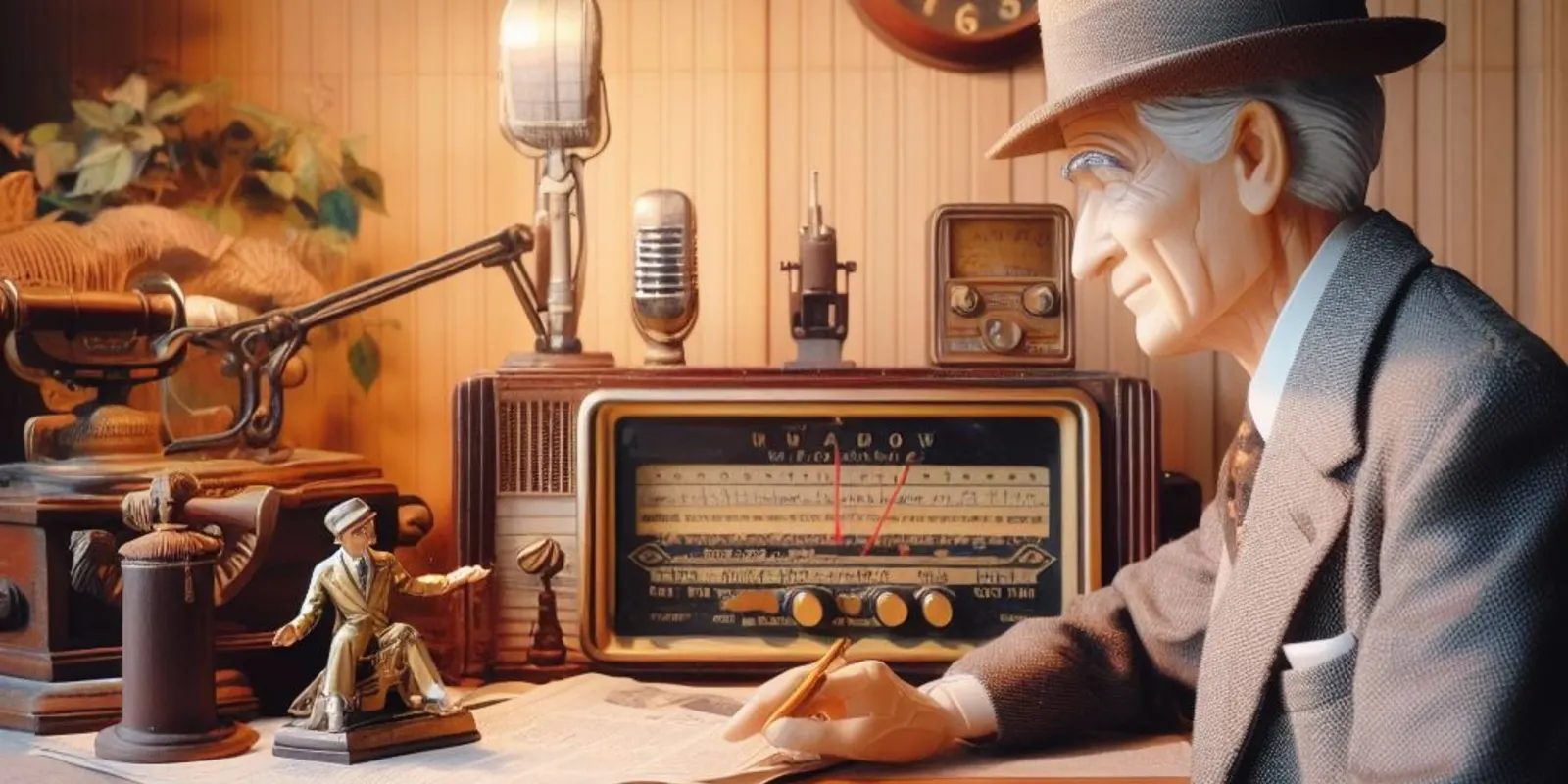
Reviving the Golden Era of Classic Radio Broadcasting

There's a certain nostalgia associated with classic radio broadcasting. The golden era of radio, spanning from the 1920s to the 1950s, was a time when families would gather around their radios, tuning into their favorite shows, news broadcasts, and music programs. It was an era marked by the rich voices of radio personalities, the thrill of live performances, and the emergence of radio dramas and comedies. In today's age of podcasts, streaming services, and digital downloads, one might wonder: is there a place for classic radio?
The answer, surprisingly, is a resounding yes. The resurgence of classic radio broadcasting is not just about reliving the past, but about reimagining and adapting it for the modern age. Here's a closer look at how businesses and innovators are reviving the magic of classic radio.
1. Niche Radio Stations:
With the advent of internet radio, niche stations focusing on specific genres, eras, or themes have emerged. These stations cater to audiences who crave the charm of classic radio shows, be it the suspense of old detective stories, the humor of vintage comedies, or the melodious tunes of yesteryears.
2. Combining Visual Elements:
Platforms like YouTube have given rise to channels dedicated to syncing classic radio shows with relevant images, illustrations, or animations. This fusion of audio with visual elements creates an immersive experience, appealing to both older audiences who remember the original broadcasts and younger generations who discover them anew.
3. Live Performances:
Theatre groups and performers are reviving the magic of live radio broadcasts, complete with sound effects artists, live musicians, and versatile voice actors. These performances, often held in vintage-themed settings, transport audiences back in time, offering a unique theatrical experience.
4. Podcast Adaptations:
Classic radio dramas and shows are being adapted into modern-day podcasts. These adaptations often maintain the essence of the original while adding contemporary twists, making them relevant and engaging for today's listeners.
For those interested in diving deep into classic radio dramas, the
![]() Find "Old Time Radio Player" on Play Store
Find "Old Time Radio Player" on Play Store
app offers a vast collection of vintage shows.
5. Educational Initiatives:
Schools and educational institutions are incorporating classic radio broadcasting into their curricula. By producing their radio dramas or mimicking classic shows, students learn about the history of broadcasting, the art of storytelling, and the technical aspects of radio production.
6. Merchandising and Collectibles:
From vintage radio sets to memorabilia inspired by classic shows, there's a burgeoning market for radio-related collectibles. These products tap into the nostalgia associated with the golden era of broadcasting, making them popular among collectors and enthusiasts.
For those looking to own a piece of history,
![]() Find "Vintage Radio Collectibles" on Amazon
Find "Vintage Radio Collectibles" on Amazon
offers a range of authentic and replica items.
Conclusion:
The revival of classic radio broadcasting in the digital age is a testament to the timeless appeal of this medium. It's not just about nostalgia but about the power of storytelling, the magic of voice, and the communal experience of tuning in together. As businesses and innovators continue to explore ways to bring classic radio into the 21st century, it's clear that the golden era of broadcasting is far from over; it's just taking on a new form.







Your insights and experiences enrich our community. Dive into the discussion and share your thoughts with us below!